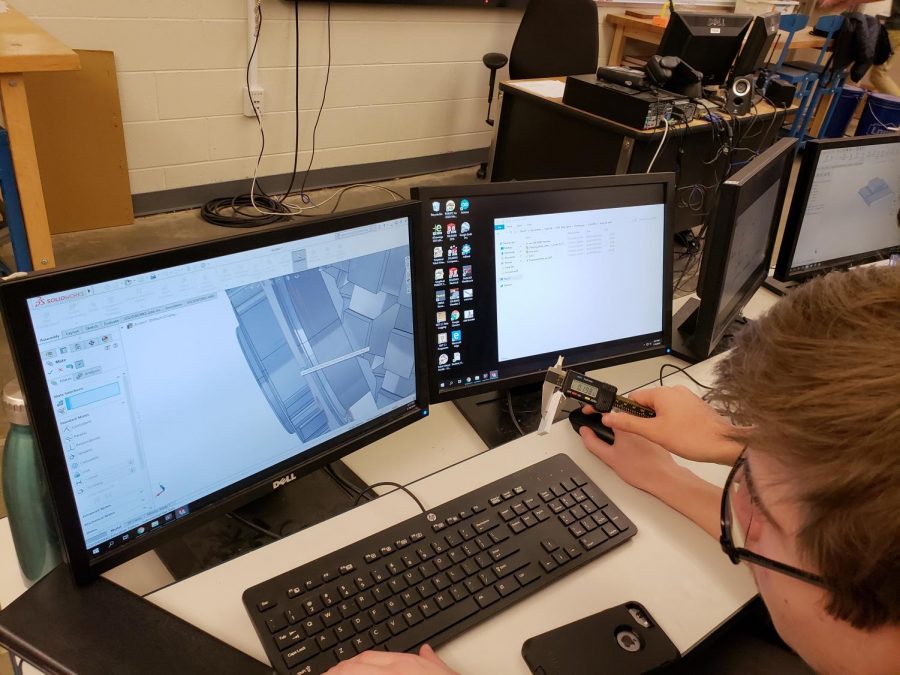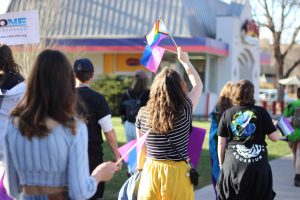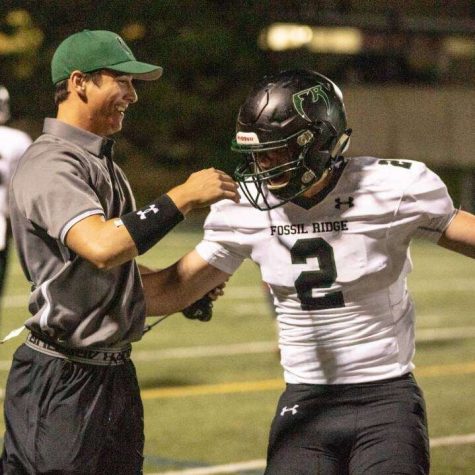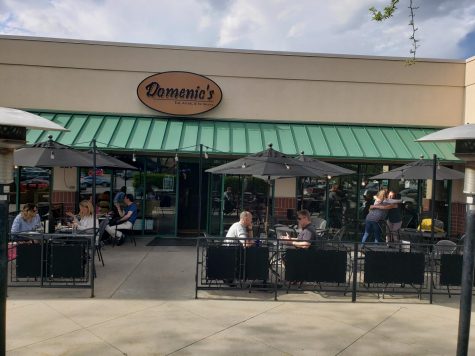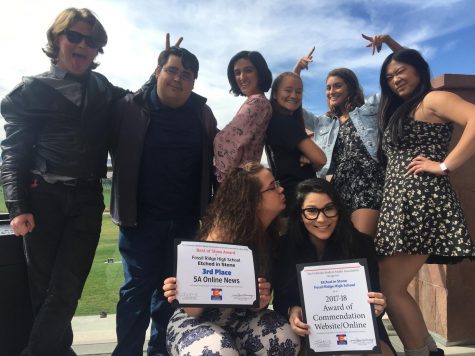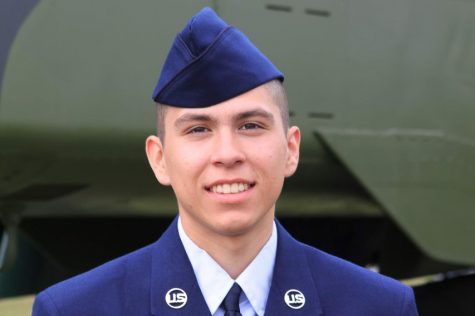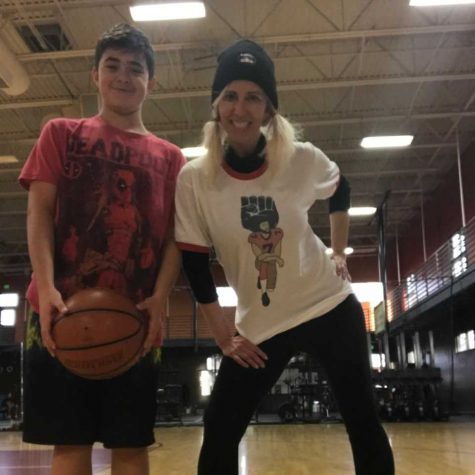Ridgebotics blasts off into a new season

January 24, 2019
On January 5, 2019, the FIRST Robotics Competition held their annual kickoff event marking the beginning of the Robotics season. Among many of the different teams, Fossil Ridge High School’s very own robotics team, Ridgebotics, attended to learn about the new game for the 2019 season. After the announcement on the 5th, all teams participating in the competition are given a six-week “build season” to design and manufacture a robot, which will then participate in the game laid out by FIRST. The build season ends on February 19 at 11:59 p.m., Eastern Time, and at that time the robot must be bagged and tagged until its use in a competition. This year’s competition is called Destination: Deep Space and is presented by the Boeing Company. The game consists of two alliances of teams, who compete against each other on opposing fields to gain the most points in the allotted amount of time. Each alliance is comprised of three different teams, all designated with the same color either red or blue), and every match lasts 150 seconds. To gain points, the robot must perform various tasks—all of which score different amounts of points. One of the ways that a robot can score is by leaving the designated start area and returning to it before time runs out. Another way robots can score in the game is by placing foam balls, or “cargo,” in one of the spaceship-shaped goals spread out on their side of the field and then securing them with a “hatch piece”. At the end of each round, if a goal has been completely filled with cargo and has been sealed completely, a ranking point will be awarded to the members of the alliance. These are points that do not affect the score of the match but rather the placement of teams on the overall bracket system. Ranking points are also awarded to the winning alliance of the match, or in the case of a tie, are split. This year also marks the departure of the autonomous section of the matches. In previous years the first fifteen seconds of every match was an autonomous section, in which the robot must move on its own without the assistance of a human driver. This has been changed this year: Now, visibility of the field is blocked to robot drivers for the first fifteen seconds. During this section, teams can opt to drive their robot using mounted cameras or go autonomous, as in previous years. At the time of writing this article, the Robotics team is at the end of its second week of the build season. The team has averaged about 34 hours a week of work during the earlier part of the season, but towards the end of the season, many students put in well over forty hours to complete the robot in time. At this point in time, the design for the robot has been finalized and the virtual model of the robot has mostly been finished.
Once the robot design has finished the CAD (Computer Aided Design) phase and the robot has finished being made virtually, the model will be sent to be manufactured by CBW Automation, one of the team’s sponsors. The team plans to make two robots this year, the second year they have done so. The first of these robots is scheduled to be done by February 6 and the second is planned to be completed by February 16. This year, the team also has access to many more tools and resources then they have had in previous years, including carbon fiber, three-dimensional milling, and carbon filament for 3D printers. This year’s team is also one of the most experienced teams Fossil has ever had. When asked about how how he believes the team is going to be this year, team co-captain Nick Friesen stated that, “I believe that this is going to be better that any other previous year we have had and that we have a shot at making worlds.”



